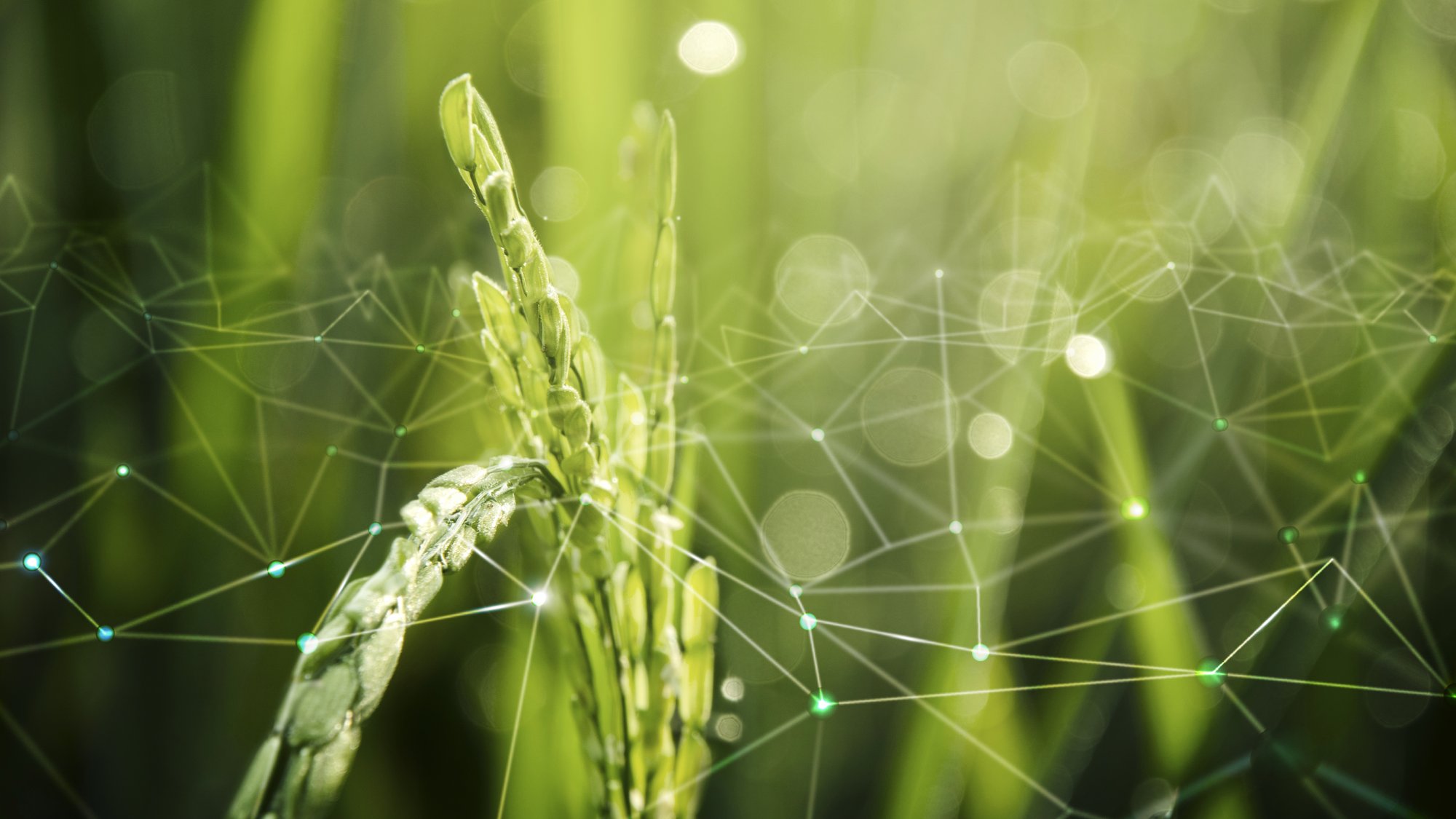

Eco-marketing is gaining more and more strong positions. And this is understandable: responsible consumption is a trend that is gaining popularity every year. In addition, generations Y and Z are not only a potential client, but also a talented employee.
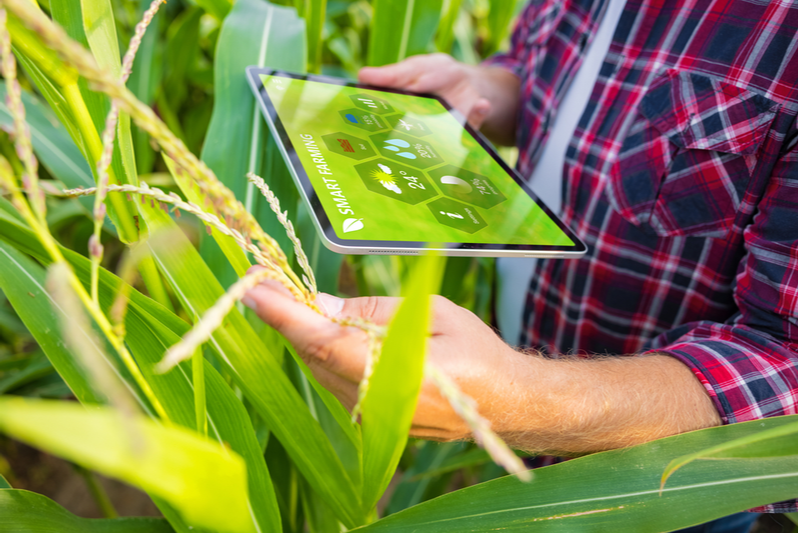
The marketing message of brands has also shifted to a more trusting one. The consumer is also ready to be included in the initiatives of companies - projects to protect the environment, care for people living "in the neighborhood".

Experts believe that businesses should actively tell the public about their environmental activities - these are volunteer programs, various events, office reformatting, and the rejection of plastic.
Since many brands are already focused on their environmental responsibility, consumers already have an idea of which brands are doing a lot for society.
Since sustainability has become a trend, there have been many companies producing not plastic, but "bio-bags" and "eco-bags".
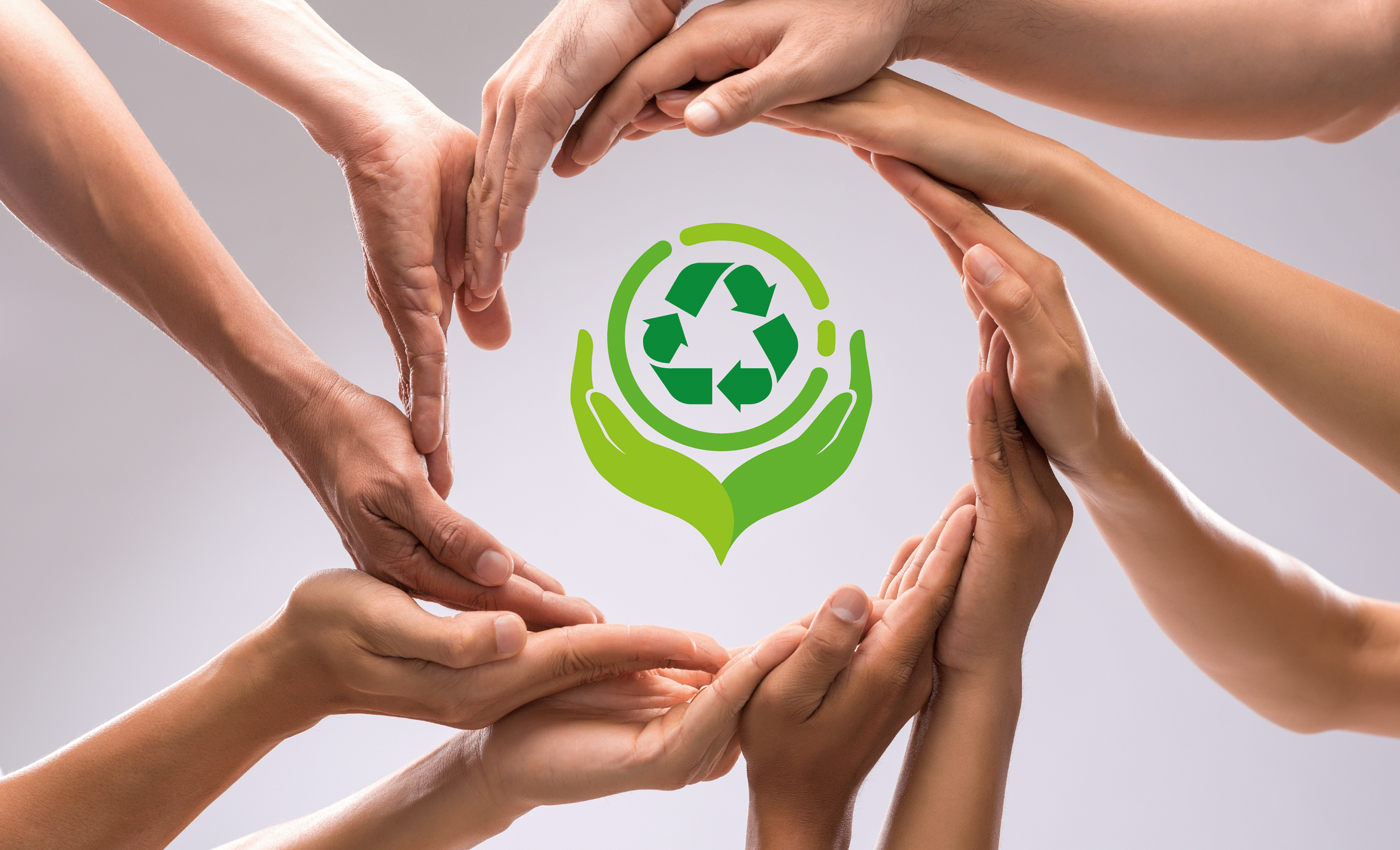
Risks
Sometimes the manufacturer calls plastic bags “biodegradable” with special additives that accelerate the decomposition of the bag into microplastics. In such cases, the inscriptions on the packages "safe for nature" can be taken in quotation marks.
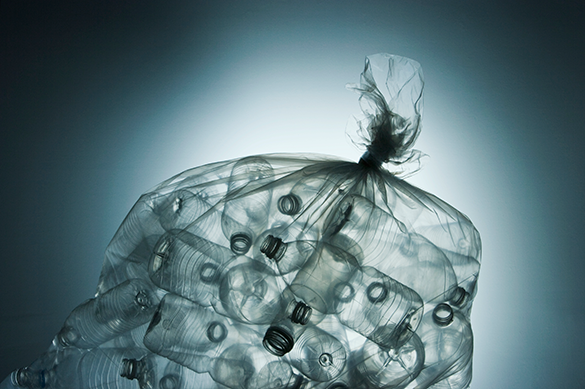
What is bioplastic?
Bioplastics are bio-based plastics. Such a material is made from biomass (corn, straw, sawdust), and not from fossil resources - this is its advantage over conventional petroleum-based plastic.

Differences
Manufacturers don't indicate that bioplastics may have the same degradation time in the environment as plastics. Bioplastic releases methane into the atmosphere, which exacerbates the climate crisis, and ordinary plastic will decompose into microplastics.

Delusions
Most people read the term "biodegradable" as "bury it in the garden and it will completely decompose." But most biodegradable plastics can only degrade in a special industrial facility where temperature, humidity and light are controlled.

Risks
Sometimes the manufacturer calls plastic bags “biodegradable” with special additives that accelerate the decomposition of the bag into microplastics. In such cases, the inscriptions on the packages "safe for nature" can be taken in quotation marks.

What is bioplastic?
Bioplastics are bio-based plastics. Such a material is made from biomass (corn, straw, sawdust), and not from fossil resources - this is its advantage over conventional petroleum-based plastic.
Environmental think tank Green Alliance noted that the term "biodegradable" makes consumers think that the bag can be thrown away in good conscience, which will create even more environmental pollution.
In the natural environment, the impact of microbes, oxygen, humidity and other factors that cannot be reproduced in everyday life is important for this. In countries where there is no developed infrastructure to ensure proper disposal of biodegradable materials, the introduction of compostable and biodegradable bags can increase plastic pollution.
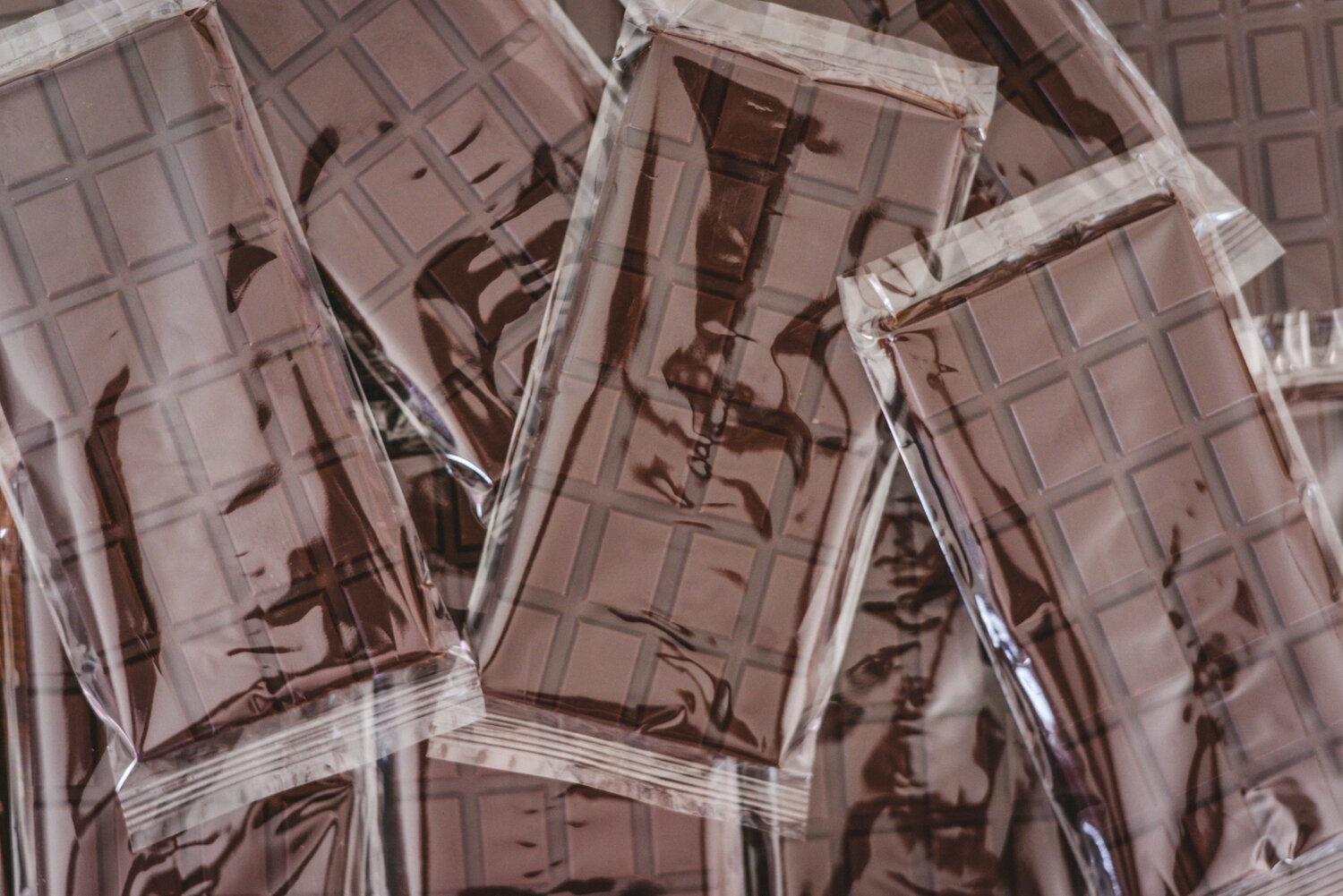
South African organic baby food firm KiddieKix has used Innovia Films NatureFlex biodegradable packaging film for cereals and dried fruits.

Biodegradable PLA packages with good barrier properties have been created, which are necessary for the packaging of pastas and cakes, allowing them to be stored on store shelves up to 12 months.
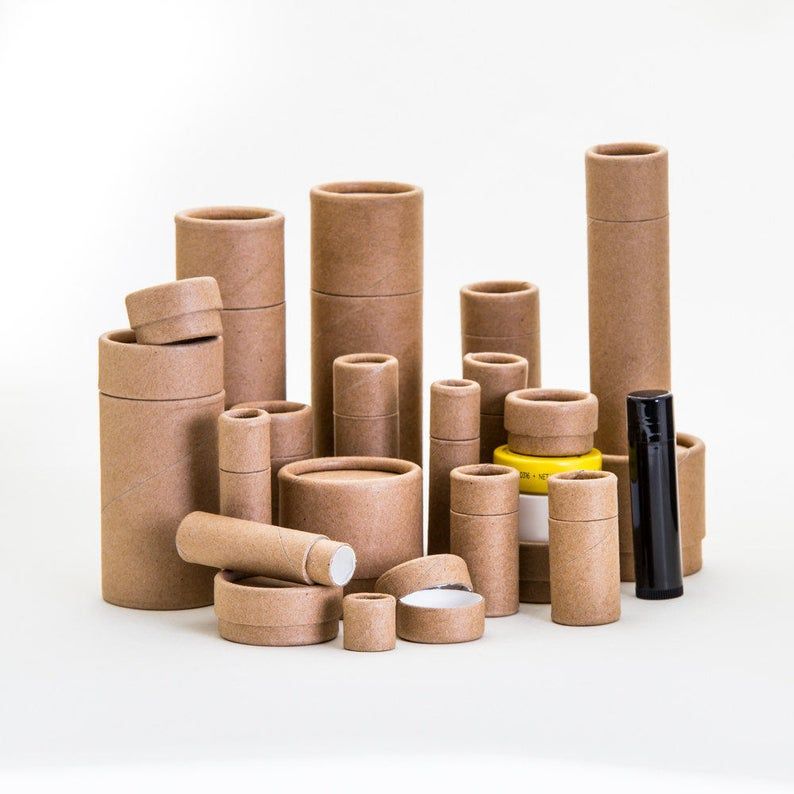
Sonoco's European Consumer Goods division has launched Vegetop tube cartons for bulk products with fully biodegradable plastic dispenser lids.
Natalya Valentinovna Molotkova
Head of Quality, Ecology and Product Safety Department.
And by anaerobic decomposition into carbon dioxide, methane, mineral salts and new biomass.
The point is not only to evaluate the biopackaging that is already on the market today, but also to evaluate its benefits or harms to food products.
“Eco-assets are driving the growth of brands with sustainable strategies. As a segment, the eco-active market will grow five times faster than the grocery market as a whole”.